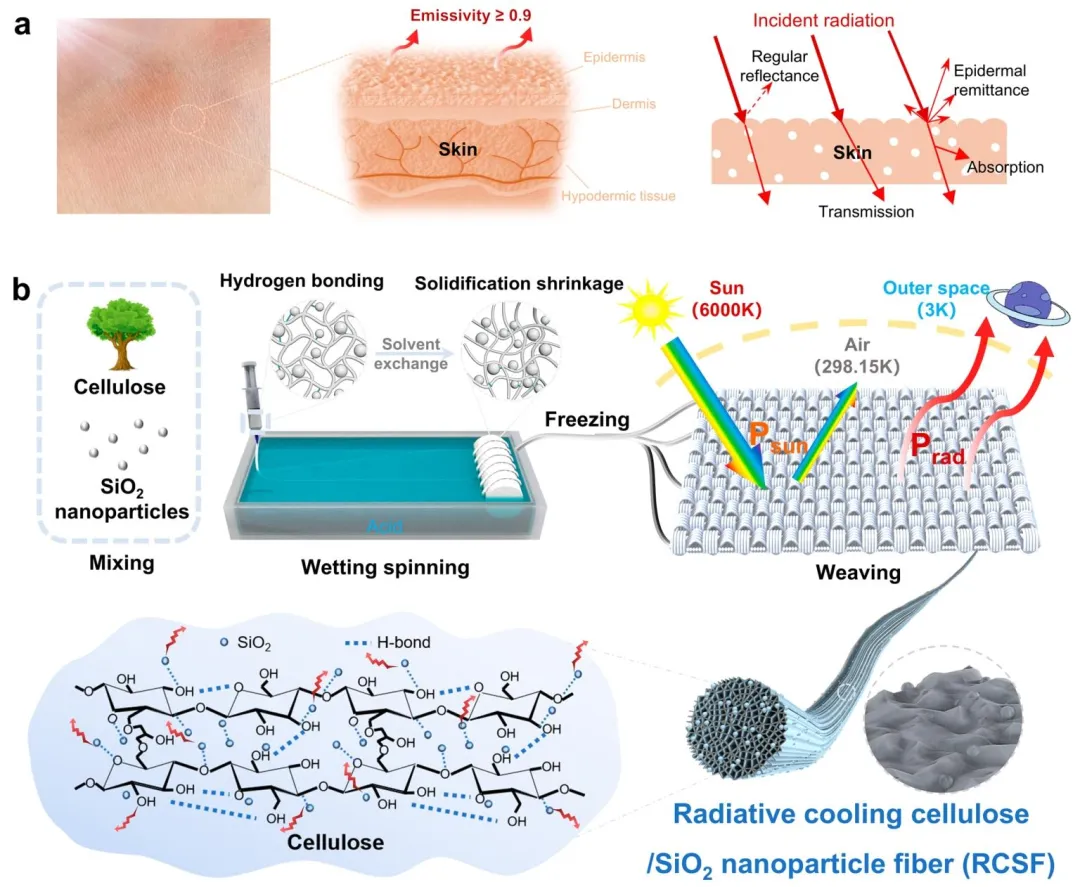Biobased Radiative Cooling Fibers Developed by Academician Zhumeifang's Team: Over 5°C Perceived Cooling, Breathable, Moisture-Wicking
With the growing global demand for sustainable cooling technologies, passive daytime radiative cooling technology has attracted significant attention for its ability to directly radiate heat to space through the atmospheric transparency window. However, most existing radiative cooling fabrics rely on petroleum-based synthetic materials and complex coating processes, which are not environmentally friendly and severely impact the breathability and wearing comfort of textiles, limiting their widespread application in the wearable field.
Based on this, the team led by Associate Researcher Kong Weiqing and Professor Zhu Meifang from Donghua University proposed a bio-inspired, coating-free green strategy and successfully prepared regenerated cellulose/SiO₂ nanoparticle composite fibers through wet spinning technology. These fibers mimic the micro-nano wrinkle structures on human skin surfaces, achieving a solar reflectance of up to 93.7% and an infrared emissivity of 0.98, enabling efficient heat dissipation without any external coating. Under a solar irradiation of 800 W/m², this material can achieve a net cooling power of 100.1 W/m², cooling down by more than 5°C compared to ordinary cellulose fabrics in summer conditions, while possessing excellent breathability and moisture-wicking properties, providing a new solution for sustainable personal thermal management.

On September 25, 2025, the related paper was published in ACS Nano under the title "Eco-Friendly Skin-Wrinkle-Inspired Micro-Nano Structured Cellulose Composite Fibers for Highly Efficient Daytime Radiative Cooling."
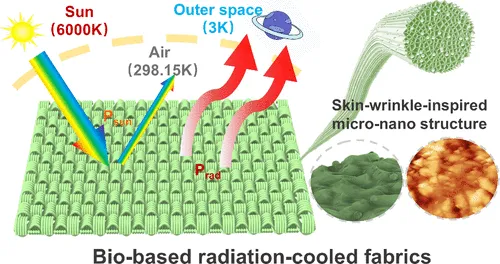
The key aspect of this research lies in the one-step manufacturing process that eliminates the need for toxic coatings and energy-intensive post-treatment procedures, providing a cost-effective alternative to traditional coated fabrics. By combining renewable cellulose with the design of biomimetic skin wrinkle structures, an eco-efficient radiative cooling material paradigm is pioneered, balancing optical performance, wearing comfort, and large-scale manufacturing.
Image and text description
Inspired by the multilayer structure of human skin and its thermal regulation mechanism, micro-nano structured fibers resembling epidermal wrinkles have been designed. The biomimetic design concept and preparation process involve uniformly dispersing SiO₂ nanoparticles in a cellulose solution. During the wet spinning process, solvent exchange induces phase separation, resulting in the spontaneous formation of surface protrusions approximately 2 microns in height, simulating the light scattering and infrared radiation characteristics of the skin surface, achieving an integrated structure-function formation.
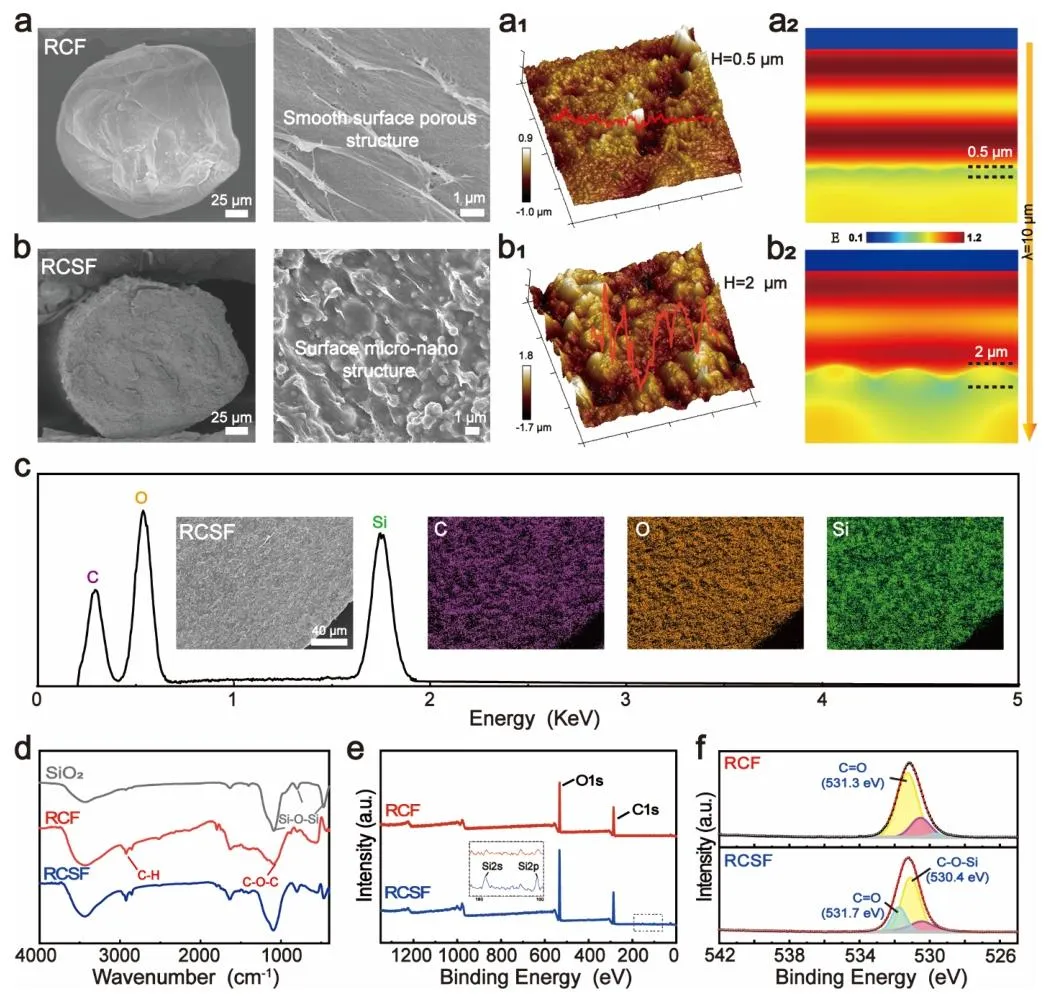
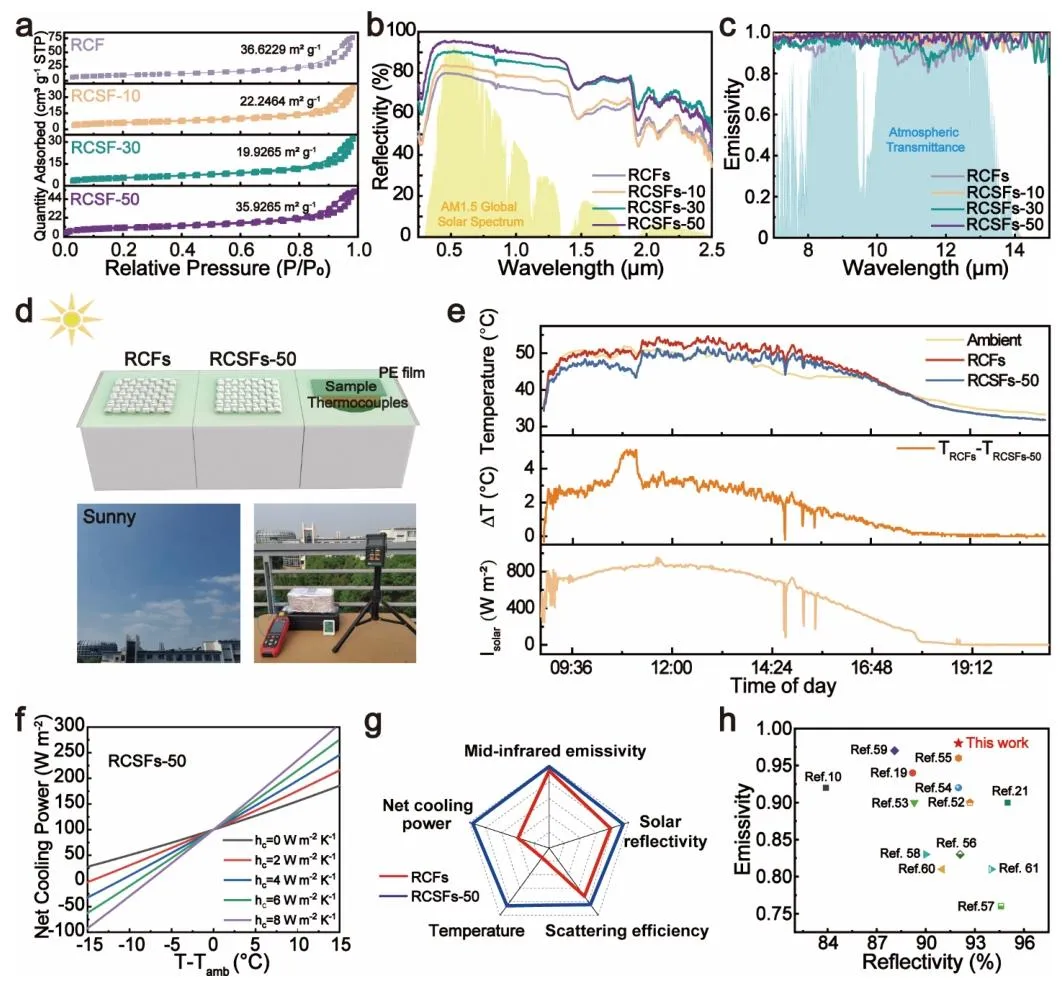
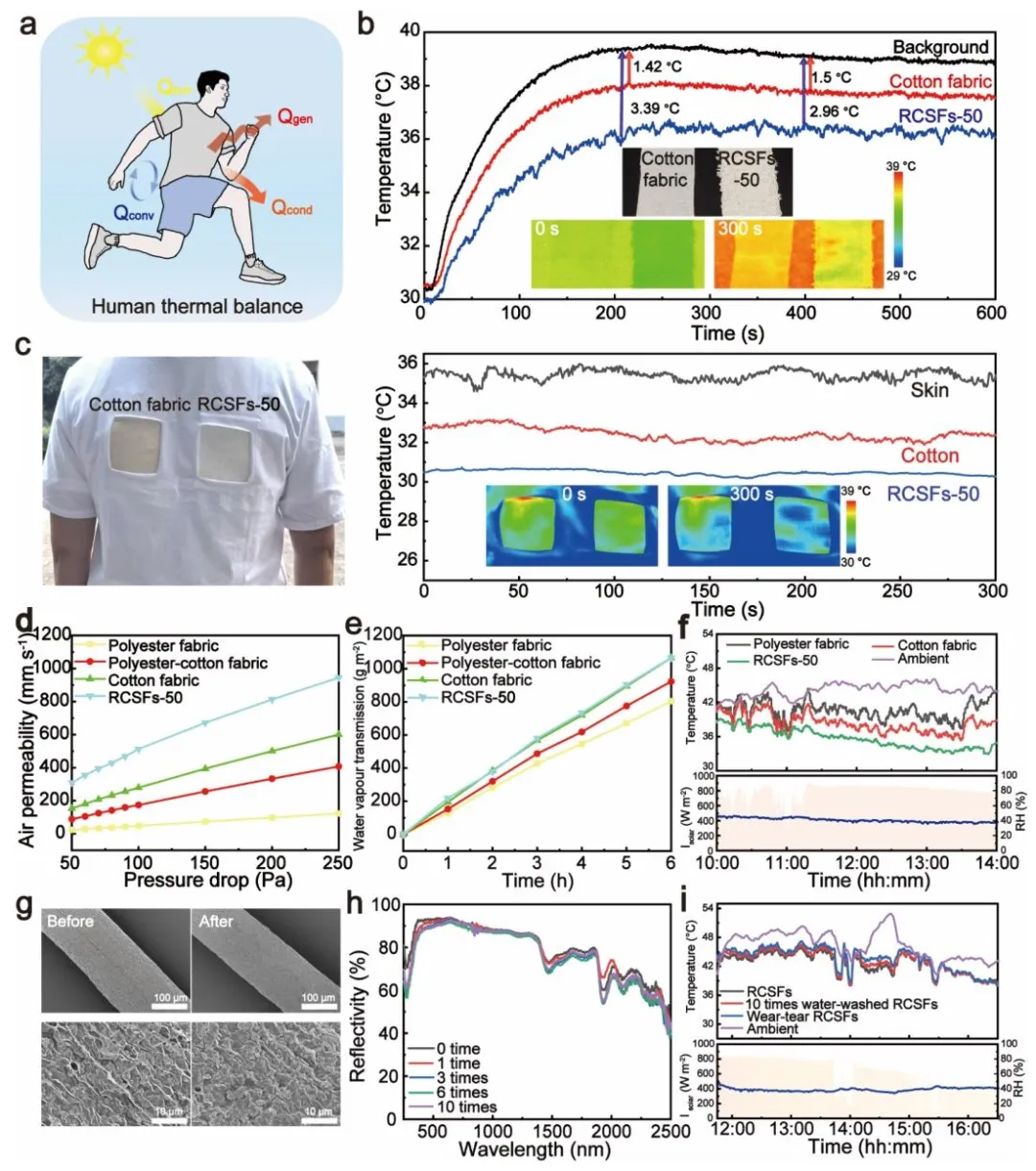
【Copyright and Disclaimer】The above information is collected and organized by PlastMatch. The copyright belongs to the original author. This article is reprinted for the purpose of providing more information, and it does not imply that PlastMatch endorses the views expressed in the article or guarantees its accuracy. If there are any errors in the source attribution or if your legitimate rights have been infringed, please contact us, and we will promptly correct or remove the content. If other media, websites, or individuals use the aforementioned content, they must clearly indicate the original source and origin of the work and assume legal responsibility on their own.
Most Popular
-

Dow, Wanhua, Huntsman Intensively Raise Prices! Who Controls the Global MDI Prices?
-

Clariant Unveils Cost-Cutting Plan Details, Plans to Shut Down Multiple Plants
-

[Today's Plastics Market] General Materials Weakly Fluctuate, Engineering Materials Steadily Rise
-

Daily Review: Polyethylene Prices Under Weak Consolidation, Sellers Face Significant Pressure to Move Inventory
-

EU Plans to Introduce New Rules Banning 100% Procurement of Chinese Products! Asahi Kasei and Teijin Reach Absorption Merger Agreement





